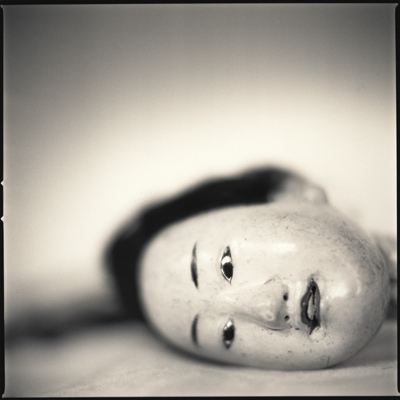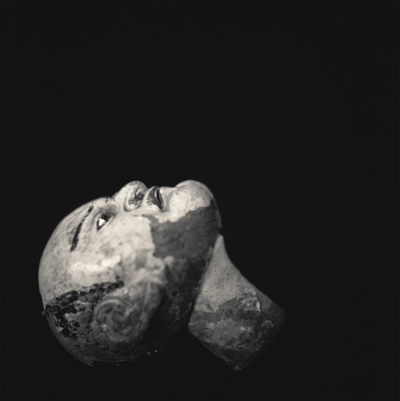Featured Artist

Hiroshi Watanabe
_________________________
( Los Angeles, California )
* * *



Nashiwari (before) Nashiwari (after) Musume's Head



Oshuto Anonymous Head Baba


Omasa 2 Omasa's Hand
Watanabe's Comments... [from his website
http://www.hiroshiwatanabe.com/]
The first existing document on Ena Bunraku was written in 1682, when a play was performed in the village of Kaware in Ena County of Gifu Prefecture in Japan. The small village is at the foot of Ena Mountain outside of Nakatsugawa. At that time Bunraku was becoming a thriving art form in Japan, especially in Osaka 200 miles away. According to that document, a traveling Bunraku company from Awaji Island visited the village and performed a play for the villagers. After the play, a rich farmer in the audience convinced the villagers to build a small theater and dedicate Bunraku plays to the village shrine. That marked the beginning of Ena Bunraku.
Bunraku, a traditional Japanese stage art performed with puppets, was created during the Edo period. The puppets are about one meter tall and are usually manipulated by three puppeteers who make the puppets appear alive. The puppet’s faces vividly display emotions while the puppeteers are visible on stage dressed in black outfits. Bunraku plays are also accompanied by traditional musical instruments known as Shamisen together with a singer-narrator who tells the story with deeply felt emotions.
Rooted in the community, localized traditional arts such as Ena Bunraku were handed down from generation to generation, developing a select group of enthusiasts composed of both the performers and audiences who loved the art form. When Nakatsugawa was booming from agriculture, timber, and trading businesses, the villagers in Kaware bought old puppets from other areas and also commissioned new ones for their plays.
But there were periods when Bunraku became unpopular among the villagers. During those times, Bunraku puppets were stored away in closets in people’s houses, and sometimes used as dolls by children, and they were often damaged over time. Soon rumors started to go around the village of Kaware. Some people thought that the puppets made the people who kept them sick. Others felt that all kinds of bad things happened because they had the puppets. As a result of these fears, people started to refuse to take the puppets into their homes, and instead, they were stowed in the warehouse of the theater where they were long forgotten.
Years later, other rumors started in the village. Some villagers reported that late at night they heard puppets’ tap dancing in the theater. Another villager reported that he saw shadows of Bunshichi and Ofuku dancing together. Some people felt sorry for the puppets’ spirits and decided to bring the puppets to light. So around 1910, the tradition was once again revived.
The tradition of Ena Bunraku is now in the hands of twenty members of the Ena Bunraku Conservatory in Kaware village whose current population is only 280. There are now only sixty-five puppet heads kept in a small warehouse at the corner of the playground in the village’s elementary school. They only come out a few times a year to perform in front of an audience. Other times, they are kept sleeping in the dark. The school was closed in 2003 because there were not enough students to attend in the village.
Next - Robert Klein Engler
Contents
Contributors
Current Issue - Spring Supplement 2006
Home








